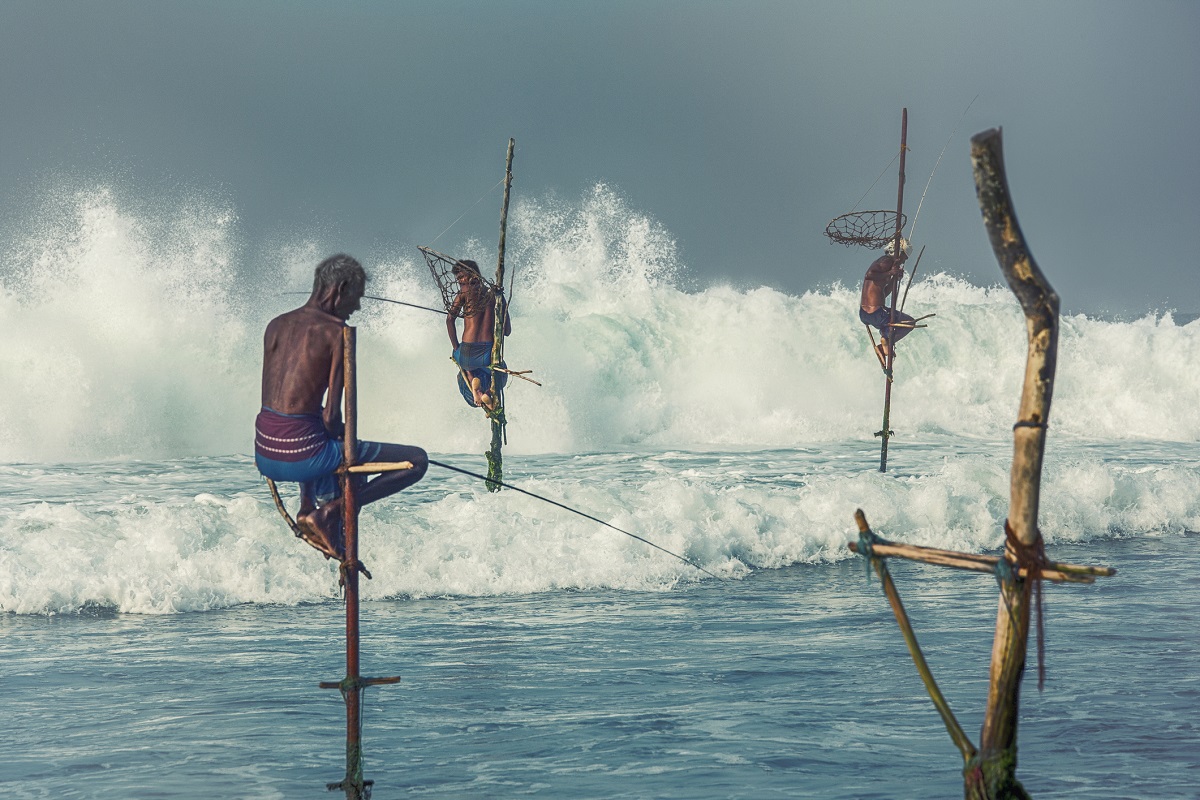The Central Marine Fisheries Research Institute (CMFRI) has taken part in a pioneering project of the Union Department of Fisheries to deploy artificial reefs (AR) in a total of 3,477 fishing villages in the country with the aim of promoting sustainable fisheries and livelihood.
An artificial reef is a sheltered human-built structure, placed on the sea bed as a substitute for natural habitats. With a fixed scientific design, it functions as a self-sustaining production system on the sea bed.
Advertisement
As part of this ambitious project, a nationwide campaign has been launched in association with respective state governments and the technical support of the CMFRI, starting from Kerala where ARs’ placement is proposed in 220 villages.
In the first phase of the implementation of the project, five pre-stakeholder workshops were conducted from Tuesday to Friday for 42 villages in Thiruvananthapuram district, providing a platform to educate and engage village-level fishermen leaders about the potential of AR in transforming the marine fishing landscape.
The project is under the Prime Minister’s Matsya Sampada Yojana (PMMSY) scheme, with 60 per cent funding from the Centre and 40 per cent from the state governments.
According to CMFRI, a 17 to 30 per cent increase in the fishery was observed from the locations where the reefs were already deployed. The technology has been deployed in 132 locations with a total area of 3.7 lakh square metres across the country, including Kerala under the leadership of the CMFRI.
For the last few years, the CMFRI has been successfully undertaking the installation of artificial reefs in the coastal waters of Tamil Nadu, Andhra Pradesh, Gujarat, and Kerala on an experimental basis under the leadership of Principal Scientist Dr Joe K. Kizhakudan.
The positive outcome of the project in terms of enhanced fish availability to the small-scale fishers at lower operation costs was instrumental in prompting the Central government to expand the technology across the country.
CMFRI Director Dr A. Gopalakrishnan said that the CMFRI has developed protocols for site selection, design, fabrication, deployment and impact assessment of this innovative technology.
“ARs would help restore the marine environment and boost coastal fish production. It will discourage bottom trawling in the near shore areas, helping the marine environment to regenerate and the small-scale fishers to get a higher catch,” he said.
According to the CMFRI, over 300 species coexist in a settled AR habitat. The commercial varieties being attracted to the AR include breams, groupers, snappers, perches, cobia, sea bass, rabbit fishes, silver biddies, seer fish, barracuda, mackerel, trevallies, queen fishes etc.
“Promoting this technology would empower small and artisanal fishers by improving their income and livelihood. Consequent stakeholder workshops will be completed in all the maritime states by the end of this month,” said Kizhakudan.











